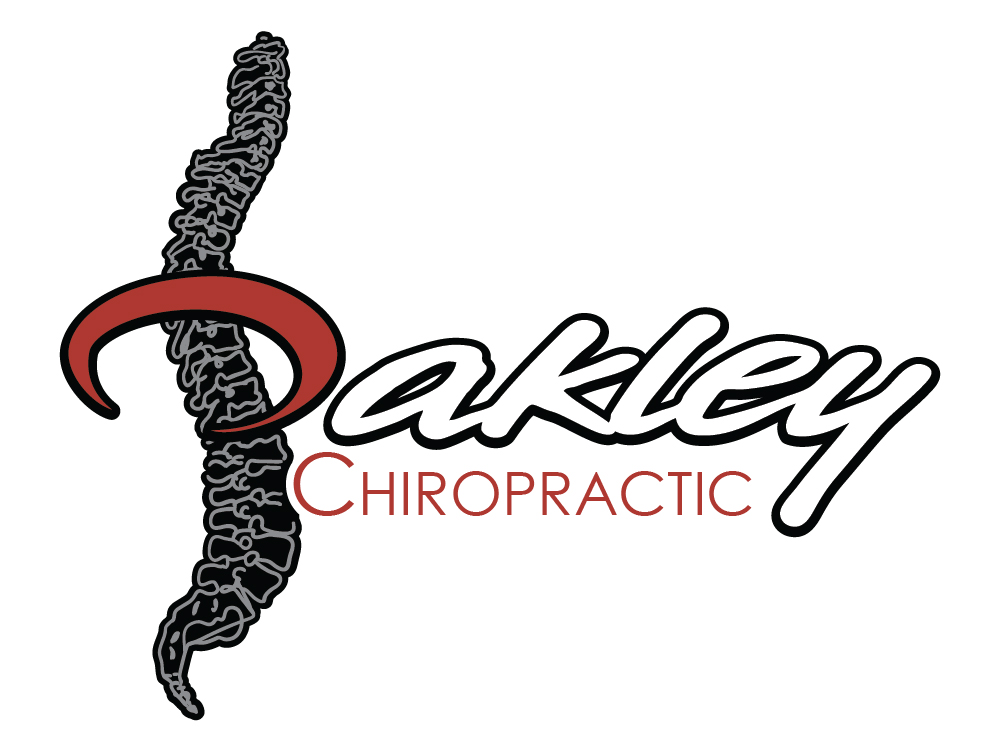Chiropractic is for everyone
Chiropractic Care soars into the rising age wave to benefit a growing segment of the population; patients recognizing advantages.
I’d like to talk about the aging population in the United States and how chiropractic care plays an intrical part in the overall health of senior citizens. On any given day in the United States, more than 6,000 people celebrate their 65th birthday and by the year 2010, nearly 10,000 a day are expected to reach that milestone. If current trends continue, by the year 2030 about one in ever four Americans will be over the age of 65. There are more than 1000,000 people in the United States over the age of 100 and by the year 2050, it is estimated that there will be a million Americans centenarians. In the 1990s about one-third of chiropractic patients were over the age of 50 and half of those were over 65. With the age wave upon us, it is evident that people are living longer, living stronger and seeking “alternative” health care choices such as chiropractic in record numbers. Generally, aging patients have primarily sought chiropractic care for musculoskeletal problems, but now it is known they may reap superior benefits from a more expanded Health and Wellness/Development focus.
After three solid decades of research, the chiropractic profession has a strong foundation showing the effectiveness of chiropractic in the care of back pain. That bodes well for an aging population, whose primary chief complaints are pain and stiffness in the spine and extremities. Natural interventions such as chiropractic should also be considered as first courses of action for non-musculoskeletal complaints. Chiropractors also are empowering patients to take charge of their health rather than relying on drugs which address symptoms rather than causes. And, beyond the adjustment, the single-most powerful patient recommendation is to participate in some kind of regular physical activity. As your chiropractor I will help you to identify an activity that you used to love to do and help you set goals to assist you in gradually getting back into regular physical activity and encourage you to take small, sustainable steps toward a healthy change.-Dr. Mike

